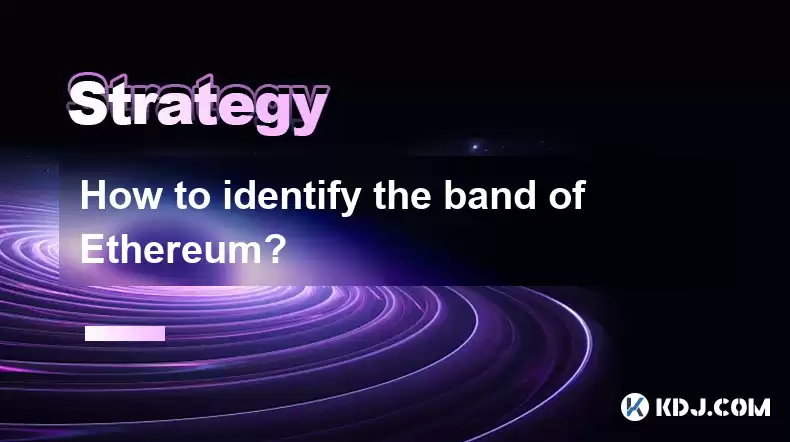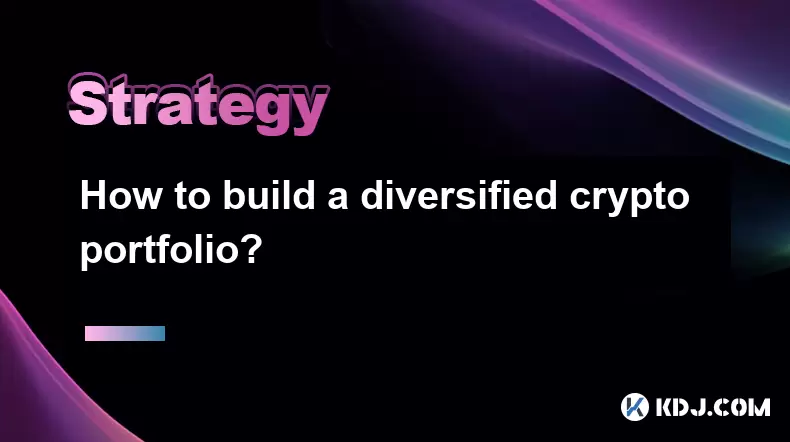-
 Bitcoin
Bitcoin $116400
-0.36% -
 Ethereum
Ethereum $4033
3.40% -
 XRP
XRP $3.302
-1.26% -
 Tether USDt
Tether USDt $1.000
-0.02% -
 BNB
BNB $796.1
1.67% -
 Solana
Solana $177.8
1.89% -
 USDC
USDC $0.9999
0.00% -
 Dogecoin
Dogecoin $0.2314
4.09% -
 TRON
TRON $0.3381
0.14% -
 Cardano
Cardano $0.7989
1.22% -
 Stellar
Stellar $0.4496
-1.84% -
 Chainlink
Chainlink $20.42
9.42% -
 Hyperliquid
Hyperliquid $41.17
0.88% -
 Sui
Sui $3.914
3.77% -
 Bitcoin Cash
Bitcoin Cash $584.7
1.52% -
 Hedera
Hedera $0.2632
-0.54% -
 Avalanche
Avalanche $24.09
3.40% -
 Ethena USDe
Ethena USDe $1.001
-0.02% -
 Litecoin
Litecoin $123.2
1.33% -
 Toncoin
Toncoin $3.318
-0.04% -
 UNUS SED LEO
UNUS SED LEO $8.984
-0.05% -
 Shiba Inu
Shiba Inu $0.00001323
2.85% -
 Uniswap
Uniswap $10.90
4.41% -
 Polkadot
Polkadot $3.999
3.34% -
 Dai
Dai $1.000
0.01% -
 Cronos
Cronos $0.1630
9.64% -
 Bitget Token
Bitget Token $4.484
0.82% -
 Monero
Monero $272.4
2.44% -
 Pepe
Pepe $0.00001173
6.03% -
 Aave
Aave $290.8
2.88%
How to identify the band of Ethereum?
Bollinger Bands, a statistical indicator widely used for Ethereum analysis, identify trading ranges and volatility through the use of moving averages and standard deviation.
Feb 26, 2025 at 07:18 pm

Key Points:
- Understanding Ethereum Bands: Bands are statistical indicators that identify areas of support and resistance in a price chart.
- Bollinger Bands: Common indicator used to identify Ethereum's trading range and volatility.
- Keltner Channels: Similar to Bollinger Bands but with volatility measures based on Average True Range.
- Ichimoku Cloud: Multi-layered indicator that provides insights into trend, momentum, and support/resistance.
- Donchian Channels: Simple indicator that defines a range based on recent highs and lows.
- Parabolic Stop and Reverse System (SAR): Trend-following indicator that identifies potential reversals.
How to Identify Ethereum Bands:
1. Bollinger Bands:
- Developed by John Bollinger
- Consists of three lines: a simple moving average (SMA), and an upper and lower band
- Upper and lower bands are based on the SMA and standard deviation
- Expanding bands indicate increased volatility; contracting bands indicate reduced volatility
- Price action above the upper band is considered overbought; below the lower band is considered oversold
2. Keltner Channels:
- Created by Chester Keltner
- Similar to Bollinger Bands but with volatility measures based on the Average True Range (ATR)
- ATR measures the average range of price movements over a specific period
- Volatility channels are less reactive to sudden price spikes compared to Bollinger Bands
3. Ichimoku Cloud:
- Developed by Goichi Hosoda
- Multi-layered indicator with five lines: Tenkan-sen, Kijun-sen, Chikou Span, Senkou Span A, and Senkou Span B
- Lines represent moving averages, pivot points, and support/resistance zones
- Cloud is formed by the area between Senkou Span A and Senkou Span B
- Price action above the cloud indicates bullishness; below the cloud indicates bearishness
4. Donchian Channels:
- Created by Richard Donchian
- Consists of two lines: an upper band and a lower band
- Upper band is based on the highest high over a specific period; lower band is based on the lowest low
- Channels define a range of price action
- Price action outside of the channels can indicate a potential breakout or reversal
5. Parabolic Stop and Reverse System (SAR):
- Created by J. Welles Wilder
- Trend-following indicator that places dots above or below price action
- Dots initially placed below the price
- If the price rises above the dots, they would appear above the price, indicating a reversal in trend
FAQs:
What is the best band for Ethereum?
- The best band depends on the trader's individual strategy and preferences. Bollinger Bands and Keltner Channels are widely popular.
How do bands help identify trends?
- Bands can indicate the direction of a trend. Price action consistently above or below a band can suggest a bullish or bearish trend, respectively.
Can bands predict Ethereum's price?
- Bands do not provide direct price predictions but help identify potential areas of support, resistance, and momentum.
How to use bands in trading strategies?
- Bands can be used to confirm trends, identify entry and exit points, set stop-loss orders, and track volatility.
What are other indicators that can be used with bands?
- Bands can be combined with other indicators such as moving averages, relative strength index (RSI), or candlesticks for a more comprehensive analysis.
Disclaimer:info@kdj.com
The information provided is not trading advice. kdj.com does not assume any responsibility for any investments made based on the information provided in this article. Cryptocurrencies are highly volatile and it is highly recommended that you invest with caution after thorough research!
If you believe that the content used on this website infringes your copyright, please contact us immediately (info@kdj.com) and we will delete it promptly.
- HAT Token Mania: Price Surges, Crypto Auctions, and Meme Coin Mayhem
- 2025-08-09 11:10:11
- Undervalued Cryptos Primed for a 2025 Takeoff: MAGACOIN, TRX, and SUI Lead the Pack
- 2025-08-09 11:10:11
- Bitcoin Goes to Harvard: Ivy League Embraces Digital Assets
- 2025-08-09 10:50:12
- Bitcoin, BlockDAG, and Toncoin: Decoding the Crypto Buzz in NYC
- 2025-08-09 11:30:11
- XRP, Pi Network, and Binance Listing Buzz: What's the Hype?
- 2025-08-09 11:30:11
- Arctic Pablo Coin: The Meme Coin Presale Promising High ROI in Q3 2025
- 2025-08-09 10:50:12
Related knowledge

How to use stop-loss orders to limit potential losses?
Aug 08,2025 at 02:01pm
Understanding Stop-Loss Orders in Cryptocurrency TradingA stop-loss order is a risk management tool used by traders to automatically sell a cryptocurr...

How to read cryptocurrency charts and use technical analysis?
Aug 08,2025 at 11:08am
Understanding the Basics of Cryptocurrency ChartsCryptocurrency charts are graphical representations of price movements over time. These charts are es...

How to do your own research (DYOR) before investing in a crypto project?
Aug 08,2025 at 09:07pm
Understanding the Core Principles of DYOR in CryptocurrencyEngaging in due diligence before investing in any cryptocurrency project is essential to mi...

How to build a diversified crypto portfolio?
Aug 09,2025 at 12:21pm
Understanding the Importance of Diversification in CryptoDiversification in the cryptocurrency space is a strategy used to reduce risk by spreading in...

How to avoid common crypto investment mistakes?
Jul 13,2025 at 01:35am
Understanding the Risks of Crypto InvestmentInvesting in cryptocurrency can be highly rewarding, but it also comes with significant risks. One of the ...

What is a long-short crypto strategy?
Jul 15,2025 at 10:56am
Understanding the Basics of a Long-Short Crypto StrategyA long-short crypto strategy is an investment approach where traders simultaneously take long ...

How to use stop-loss orders to limit potential losses?
Aug 08,2025 at 02:01pm
Understanding Stop-Loss Orders in Cryptocurrency TradingA stop-loss order is a risk management tool used by traders to automatically sell a cryptocurr...

How to read cryptocurrency charts and use technical analysis?
Aug 08,2025 at 11:08am
Understanding the Basics of Cryptocurrency ChartsCryptocurrency charts are graphical representations of price movements over time. These charts are es...

How to do your own research (DYOR) before investing in a crypto project?
Aug 08,2025 at 09:07pm
Understanding the Core Principles of DYOR in CryptocurrencyEngaging in due diligence before investing in any cryptocurrency project is essential to mi...

How to build a diversified crypto portfolio?
Aug 09,2025 at 12:21pm
Understanding the Importance of Diversification in CryptoDiversification in the cryptocurrency space is a strategy used to reduce risk by spreading in...

How to avoid common crypto investment mistakes?
Jul 13,2025 at 01:35am
Understanding the Risks of Crypto InvestmentInvesting in cryptocurrency can be highly rewarding, but it also comes with significant risks. One of the ...

What is a long-short crypto strategy?
Jul 15,2025 at 10:56am
Understanding the Basics of a Long-Short Crypto StrategyA long-short crypto strategy is an investment approach where traders simultaneously take long ...
See all articles

























































































